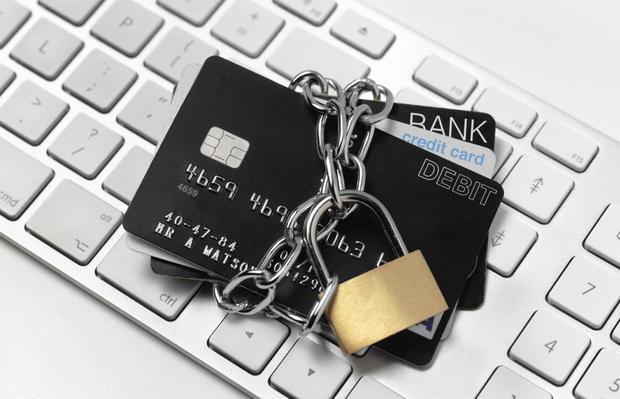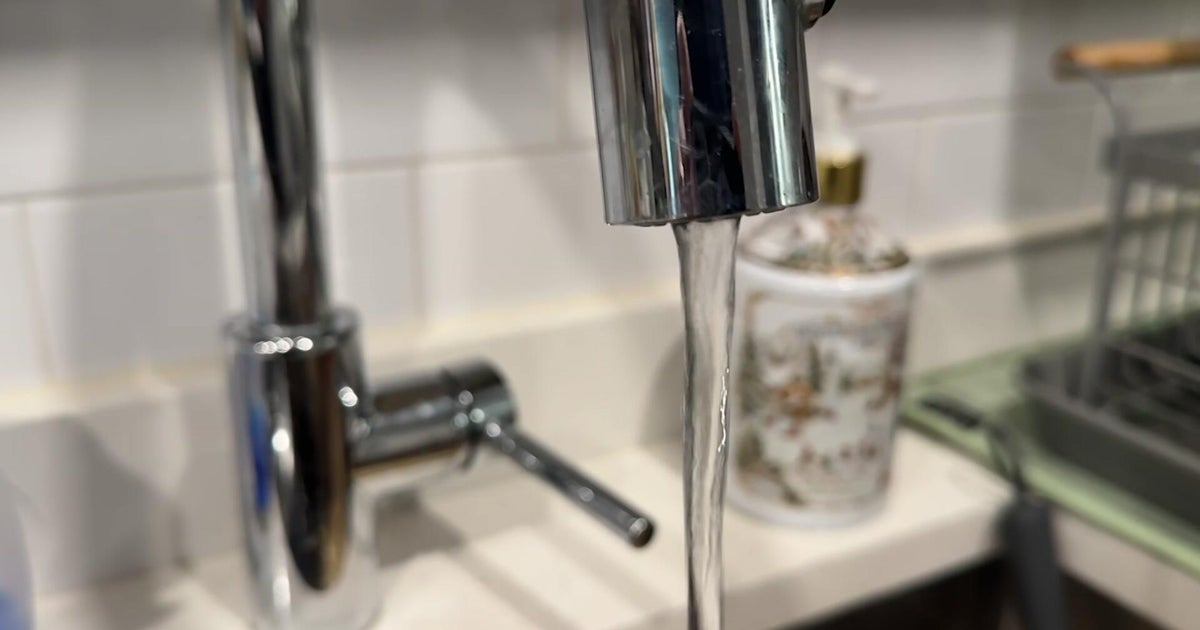Credit card hardship programs: What to know about this debt relief option
Right now, many people are finding themselves in a precarious financial position as they struggle to keep up with their high-interest credit card debt. And, much of that financial strain is being caused by persistent inflation and the elevated interest rates meant to temper it.
While the inflation rate is significantly lower right now than it was at its peak, the latest inflation report shows that prices increased again in March 2024, reaching 3.5% — up slightly from 3.2% the previous month. And, due to the ongoing inflation issues, the Federal Reserve has kept interest rates at a 23-year high, causing rates to rise and making it increasingly difficult for people to manage their debts.
Against this backdrop, credit card hardship programs have become an increasingly important lifeline for those facing temporary, but substantial, financial difficulties. These programs were created to help cardholders avoid defaulting on their credit card debts, but what are they exactly — and what are the alternatives to consider? Let's find out.
Need help with overwhelming debt? Learn more about your debt relief options here.
What to know about credit card hardship programs
Credit card hardship programs can offer a lifeline to cardholders who are facing temporary financial difficulties and are unable to make even the minimum payments on what they owe. These programs, offered by credit card issuers, are meant to keep cardholders from missing payments or defaulting entirely on their credit card debts.
The specifics of credit card hardship programs can vary by issuer. In general, though, these programs typically offer certain types of relief to cardholders, including temporarily reduced minimum monthly payments, lower interest rates or even a complete suspension of interest charges for a set period, typically ranging from six to 24 months. The goal is to provide short-term relief to help the cardholder get through a difficult financial period, such as a job loss, medical emergency or another type of unexpected issue.
To enroll in a credit card hardship program, cardholders must typically contact their credit card issuer and provide documentation of their financial hardship. This may include proof of job loss, medical bills or other evidence that they are genuinely experiencing a temporary financial crisis. The credit card issuer will then review the cardholder's financial situation and determine if they qualify for the hardship program. If approved, the cardholder's credit card account will be placed in a "hardship" status, which means they will receive temporary relief from their normal credit card terms.
It's important to note, though, that while credit card hardship programs can provide much-needed relief, they are not a long-term solution to debt problems. Cardholders typically must still make at least reduced monthly payments during the hardship period, and the program will eventually come to an end. At that point, the cardholder will need to resume making their regular monthly payments, which may be higher than before due to any interest that accrued during the hardship period.
Find out how the right debt relief service could help you today.
How to qualify for a credit card hardship program
Each lender has a unique set of requirements for borrowers who need assistance. That said, to qualify for a credit card hardship program, cardholders will typically need to meet the following criteria:
- Demonstrate a genuine financial hardship: This may include job loss, reduced income, medical expenses or other unexpected financial emergencies.
- Provide documentation: Cardholders will need to submit proof of their financial hardship, such as pay stubs, medical bills or unemployment documents.
- Be in good standing: Most credit card issuers require that the cardholder's account be in good standing prior to the hardship, with no late payments or other delinquencies.
- Agree to a payment plan: As part of the hardship program, the cardholder will need to agree to a revised payment plan, which may include reduced monthly payments or a temporary suspension of interest charges.
It's important to note that not all credit card issuers offer hardship programs, and the terms and eligibility requirements can vary widely. Cardholders should contact their credit card issuer directly to inquire about their specific hardship program and the documentation required.
Alternatives to credit card hardship programs
While credit card hardship programs can provide temporary relief, they may not be the best long-term solution for everyone. And, not everyone will qualify for assistance, so it's important to understand the other options available in these circumstances. If you're unable to get help from your lender's credit card hardship program, here are some alternative debt relief options to consider:
- Debt management programs: These programs, offered by debt relief companies and some non-profit agencies, can help negotiate with creditors to lower interest rates, reduce monthly payments and consolidate multiple debts into a single, more manageable payment. Debt management programs typically require the cardholder to close their credit card accounts, but they can provide a structured path to becoming debt-free.
- Debt forgiveness programs: Debt relief companies also offer debt settlement or debt forgiveness programs, in which an expert negotiates with your lenders to settle what you owe for less than your current balance. In other words, the debt relief service works with your credit card issuers to get them to forgive a portion of the outstanding debt. This is typically a last resort option, however, as it can have a big impact on your credit score, and the forgiven debt may be considered taxable income.
- Debt consolidation programs: Debt consolidation programs allow cardholders to combine multiple debts into a single, lower-interest loan, which can simplify the repayment process and potentially lower the overall interest costs.
- Debt consolidation loans: When you use a debt consolidation loan for debt relief, you take out a new loan to pay off multiple credit card balances. This can provide a lower interest rate and a fixed repayment period, making it easier to manage the debt.
- Bankruptcy: For those facing overwhelming debt, bankruptcy may be a viable option. There are two main types of consumer bankruptcy: Chapter 7 and Chapter 13. Chapter 7 bankruptcy involves the liquidation of assets to pay off debts, while Chapter 13 bankruptcy allows for a court-supervised repayment plan.
The bottom line
A credit card hardship program can be a big help to cardholders who are facing temporary financial hardships and are unable to make their credit card payments. However, not everyone will qualify for this type of assistance, so it's important to understand what the alternatives are, and which ones make more sense for you. After all, each alternative has its own set of implications, and the best choice will depend on the nuances of your financial situation and your long-term money goals.








